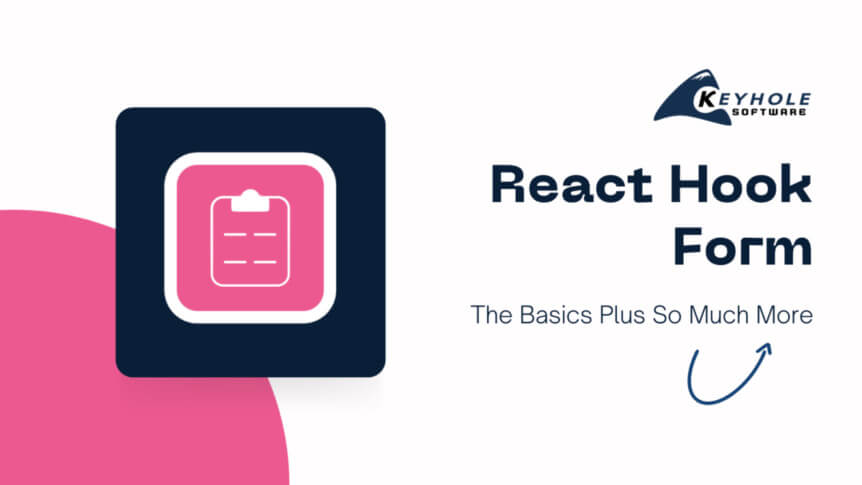Webpage navigation is something that is intrinsic to almost every website that goes past “Hello World.” In this blog, I will be exploring React-Router, a client and server-side routing library that can run anywhere React can. More specifically, I will be focusing on what changed with the new v6 version…
React Hook Form
In this blog, we will explore React Hook Form, an extremely lightweight and effective form building library using React. This open-source, third-party library has no dependencies and can be integrated with most existing forms or libraries. It provides the ability to subscribe to individual components, limiting the frequency of re-renders and making it more efficient.
Below, we will learn some of the basic usages of React Hook Form, some more in-depth features, and then look at an example form integrated with an existing UI library.
Updating Microservices with Netty 5, Kafka 3, and React: Whirlpool Revisited
Back in 2015 and 2016, I wrote two blogs that went step by step to develop a microservice/Netty architecture with fully working code called Whirlpool.
A lot has changed in the years since, so recently I decided to come back to the project, update it with the latest versions of Kafka and Netty, and add a React UI to it (rather than the vanilla JavaScript version it used before). In addition, I also added Windows Subsystem for Linux (WSL) scripts in addition to the Mac and Linux scripts that were there before and made all of the scripts more robust.
This blog will be about the work that went into all of those updates, plus a look at the new React UI. This provides an excellent view into what it takes to update an outdated microservices application implemented with Kafka (version .9 –>3.0) and Netty (4.1.3->5.0.0-alpha2), bringing all versions up to date and adding a React UI. By the end you’ll be familiar with the latest versions of these frameworks, know some “gotchas” to avoid, as well as understand how to integrate WebSockets into React.
Why Functional Programming
React has gotten a little funny of late – a few years ago, it was normal to embrace the Object-Oriented paradigm, writing each component as a class and doing lots of this-binding.
Today, however, hooks and functional components have taken over React, and with it, a style of programming unusual for front-end frameworks is growing in popularity: Functional Programming.
This programming style has been in use for many years: Lisp, Haskell, Clojure, and OCaml are all established, though mainly out of the mainstream, languages with a rich history and broad application. Thinking ‘functions are first-class citizens’ sounds strange, especially to new JavaScript developers who have spent most of their time in Python or Java that come from an Object-Oriented perspective.
That’s why in this post, we will go over the basics of Functional Programming, how we compose functions, a handy implementation of a ‘pipe’ function that will compose functions, the process of currying and functions-as-return-value, and how we can use these concepts in React using Higher-Order Components.
Painless Data Fetching With react-query
Attention: The following article was published over 4 years ago, and the information provided may be aged or outdated. Please keep that in mind as you read the post.Hey everyone, my name is Haaris Chaudhry, and I’m a developer at Keyhole Software. Let me tell you about react-query! In this blog, I’m going to give a quick introduction to a …










